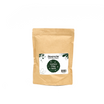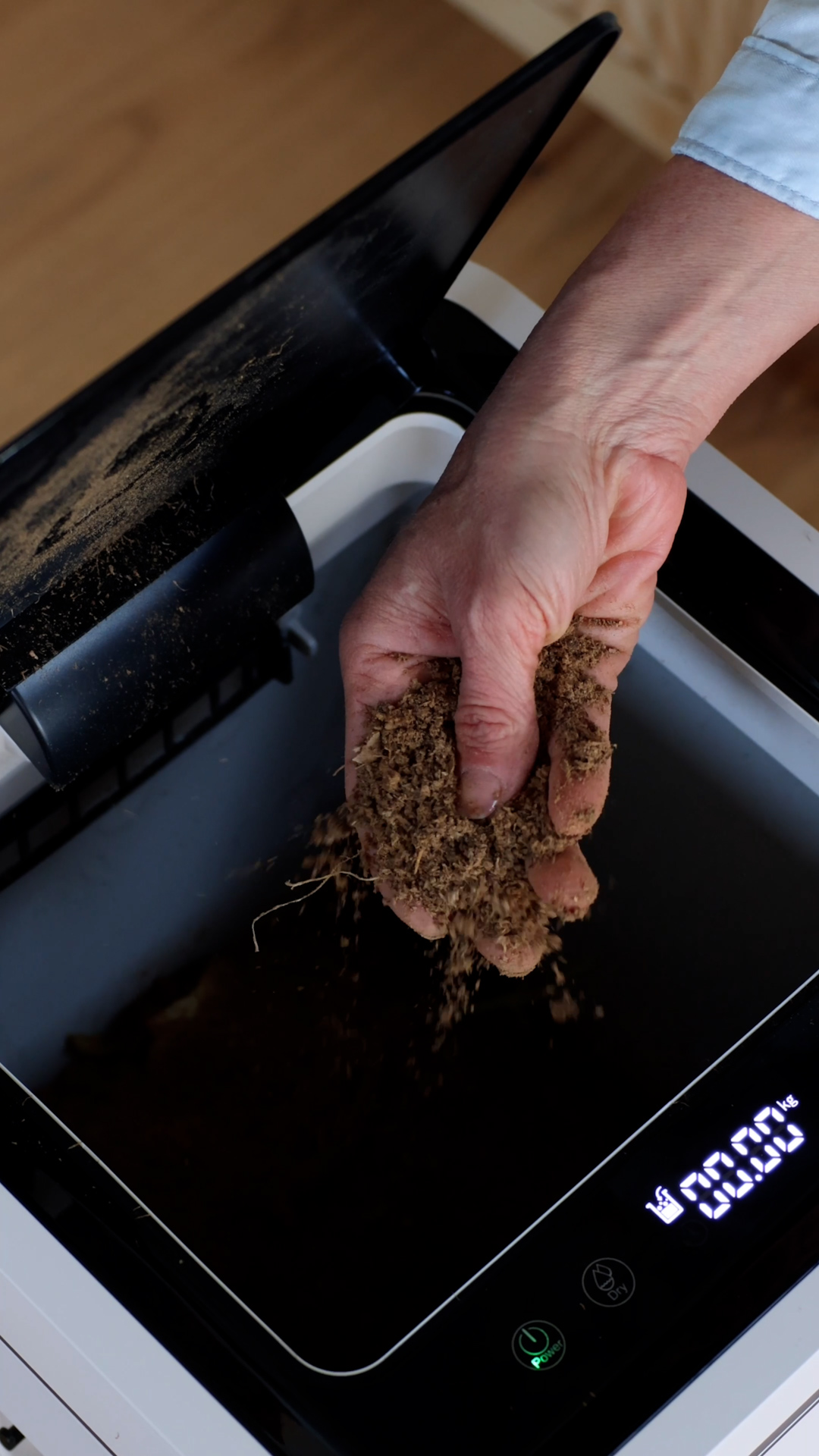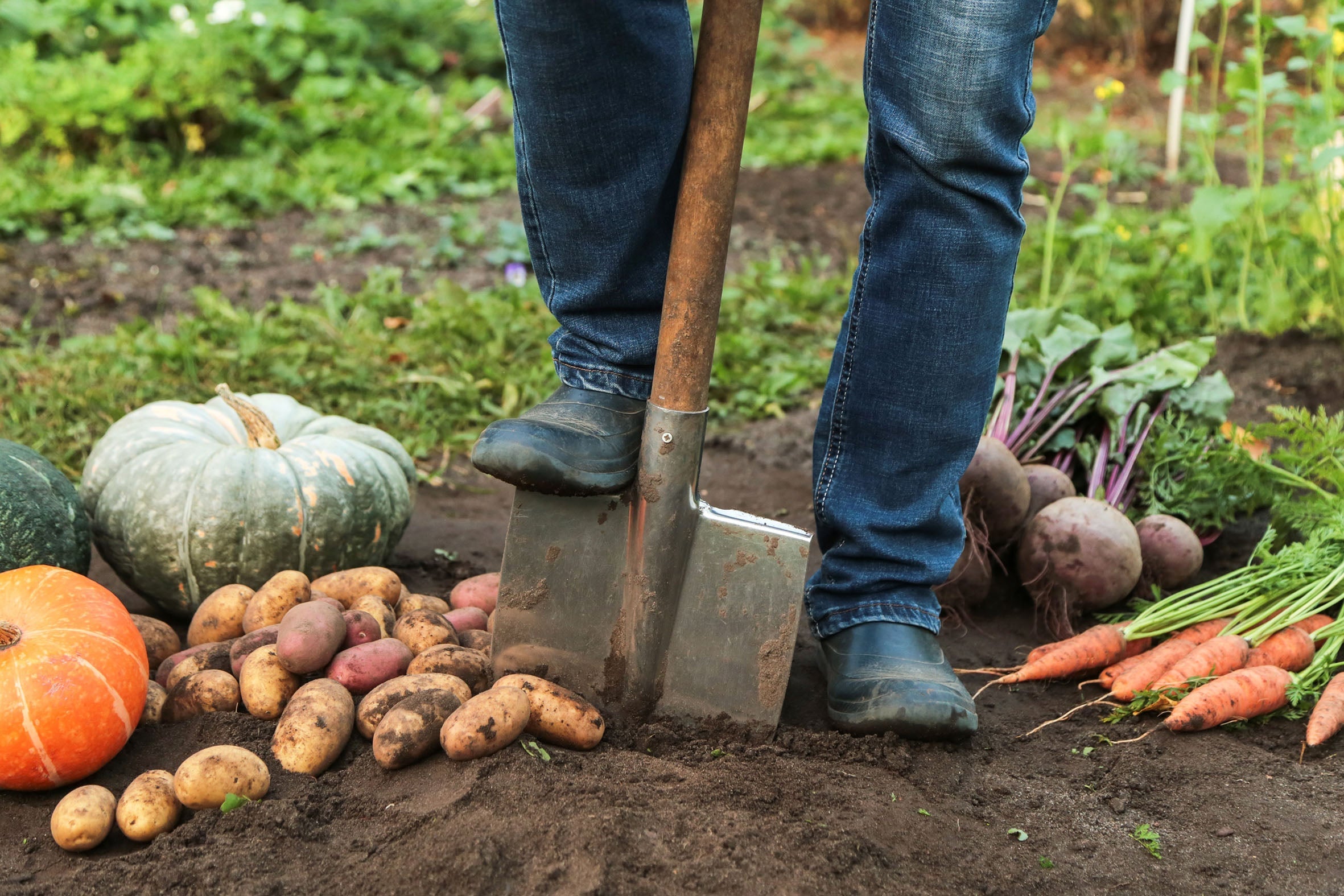How to Add Nutrients to Soil:
A Guide for Organic Gardeners

Imagine lush, vibrant plants bursting with life in your garden. Healthy vegetables, dazzling flowers, and flourishing fruits – all thanks to the magic of nutrient-rich soil.
Nutrients are the lifeblood of plant growth, essential elements like nitrogen, phosphorus, potassium, calcium, and magnesium that fuel photosynthesis, support root development, and promote overall plant vigor. Without adequate nutrients, plants may struggle to thrive, exhibiting stunted growth, yellowing leaves, and diminished yields. Fortunately, enhancing soil fertility and replenishing essential nutrients is not an impossible task.
To unlock the secrets of soil nutrition, one must first understand the key players - nitrogen, phosphorus, potassium, and a host of micronutrients essential for plant health. Nitrogen fuels leafy growth and vibrant green foliage, while phosphorus stimulates root development and flower production. Potassium contributes to overall plant vigor and resilience, helping plants withstand environmental stresses.
Additionally, calcium plays a crucial role in cell wall structure and nutrient uptake, while magnesium is essential for chlorophyll synthesis, enabling plants to harness sunlight for photosynthesis.
But how to add nutrients to soil and achieve this green-thumbed dream? How can we ensure that our plants receive the essential nourishment they crave for optimal growth and productivity?
Fear not! This comprehensive guide will equip you with the knowledge and techniques to transform your soil from barren to bountiful.
Understanding Your Soil's Needs
Before diving head-first into nutrient-enriching techniques, it is important to understand your soil’s unique requirements and what nutrients it may be lacking. This is where the power of soil testing comes into play. With soil testing, you gain valuable insights into nutrient deficiencies, pH levels, and overall soil composition. Think of it as taking the pulse of your garden, revealing the specific needs of your soil and guiding you towards targeted solutions.
Importance of Soil Testing
Soil testing is similar to a health check-up for your garden or farm. By analyzing soil samples, you can uncover vital information about nutrient levels, pH balance, organic matter content, and potential soil contaminants. This knowledge empowers you to make informed decisions regarding fertilizer application, soil amendments, and crop selection, optimizing plant health and maximizing yields.
Moreover, it provides a baseline assessment of your soil's current condition, allowing you to track changes over time and adjust your management practices accordingly. By regularly monitoring soil health, you can proactively address nutrient deficiencies before they escalate into more significant problems, saving time, money, and resources in the long run.
How to Interpret Soil Test Results?
Interpreting soil test results may seem daunting at first but with basic understanding of key indicators, you can decrypt the results effectively. A soil test report typically includes
● Overview of large-scale composting for farm operations
● Nutrient Levels: Soil test report will provide a measurement of essential nutrient levels such as nitrogen (N), phosphorus (P), potassium (K), calcium (Ca), and magnesium (Mg), in parts per million (ppm). Compare the measured values to recommended optimal ranges for your specific crops and soil types.
● pH Levels: Soil pH influences nutrient availability. A pH below or above the optimal range can affect nutrient uptake by plants. Adjustments can be made by adding lime to raise pH or elemental sulfur to lower it.
● Amendment Recommendations: Soil test reports often include recommendations on how to add nutrients to soil. These recommendations guide you in choosing the right fertilizers or organic amendments to enhance soil fertility.
Organic Methods to Enrich Soil
Nourishing your soil isn't just about adding nutrients; it's about crafting a thriving ecosystem for your plants. While quick fixes and harsh chemicals might seem like a great option, they often come at the cost of harming beneficial soil organisms and polluting the environment.
On the other hand, organic methods offer a treasure trove of ways to nurture your garden while remaining in harmony with nature. Let's explore some of these powerful organic methods to transform your soil into a haven for vibrant plant life:
Wrapping Up
Mastering how to add nutrients to soil is pivotal to cultivating thriving plants and sustaining a healthy garden ecosystem. Nurturing healthy soil is an ongoing process, but with a combination of organic methods like composting, cover crops, and strategic amendments, you can unlock the secrets of nutrient-rich soil.
By understanding your soil's specific needs and implementing these techniques, you'll cultivate a thriving haven for your plants, rewarding you with a bountiful of healthy plants and a flourishing garden.


















Leave a comment
This site is protected by hCaptcha and the hCaptcha Privacy Policy and Terms of Service apply.